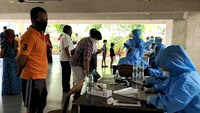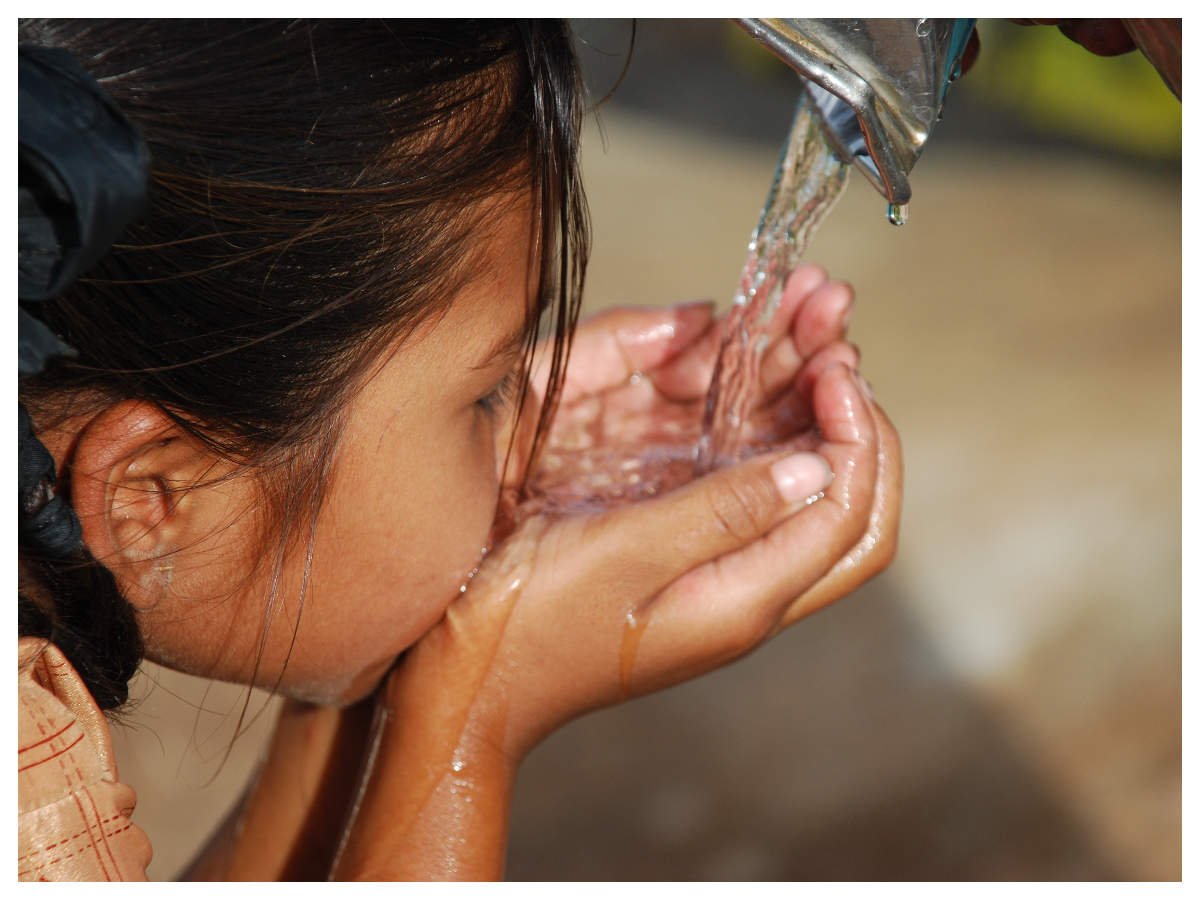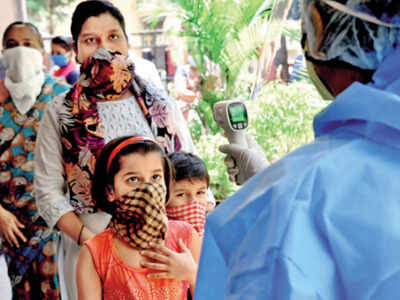
MUMBAI: The city’s Covid-19 toll has seen a significant rise in June even before the monsoon has arrived. There has been an average of 53 deaths every day in the first nine days of June, while in the last nine days of May the average toll was 41. So, deaths in June compared to the last nine days of the previous month have increased by nearly 30%. The case fatality rate for this month, too, has gone beyond 4%.
Mumbai has recorded 481 deaths in June, accounting for 27% of the overall Covid fatalities since the beginning of the outbreak. June started with 40 deaths on the 1st and 49 for the next three days, before 54 and 58 were recorded on the 5th and 6th respectively. While there were 58 deaths on Tuesday, Sunday and Monday saw 61 and 64 deaths respectively. The 64 deaths on Monday were the highest for a day. The city’s average fatality rate though remains 3.44%, which is derived from the total positive cases and deaths since March 11. The average daily deaths in May were 32.
Two of the state task force members have called for a closer analysis on the increasing number of deaths.
City fatalities rise despite no major shift in daily +ve cases
The city’s increased mortality numbers for the first nine days of June (an average of 53 deaths daily) as against the 41 on an average in the last nine days of May stand out particularly because there hasn’t been much of a shift in the number of people testing positive. The average number of people coming positive every day has remained at around 1,300.
“The sheer numbers have risen and there could be multiple factors. We need to see whether positive patients who are under home supervision are being monitored properly between 7 and 14 days, because that’s when the oxygen saturation drops and they could experience happy hypoxia,” said endocrinologist Dr Shashank Joshi, a member of the state Covid task force. He added it’s crucial for these patients to have a pulse oximeter at home. “They also need to do the 6-minute walk test to see if their oxygen saturation was dropping and move to a hospital immediately,” he said. Dr Joshi added deaths in the city typically see a surge after onset of rains. The city saw downpour and light showers before and after Cyclone Nisarga struck this month.
According to intensivist Dr Rahul Pandit, another member of the task force, the rise could also be attributed to a delay in seeking care. “We are encountering many cases where patients have sat at home with symptoms for 7-8 days before (their symptoms) worsening. Many are not even getting tested. People need to seek care early,” he said, also stressing on the need to test and isolate more and more asymptotic carriers.
Civic authorities, however, said the rise was not alarming. “A majority of the patients have comorbid conditions and there is still delay in seeking treatment,” said additional civic commissioner Suresh Kakani. He, however, added they haven’t had any instances of patients under home isolation deteriorating. Kakani, however, added that the death committee would look into the matter.
Mumbai has recorded 481 deaths in June, accounting for 27% of the overall Covid fatalities since the beginning of the outbreak. June started with 40 deaths on the 1st and 49 for the next three days, before 54 and 58 were recorded on the 5th and 6th respectively. While there were 58 deaths on Tuesday, Sunday and Monday saw 61 and 64 deaths respectively. The 64 deaths on Monday were the highest for a day. The city’s average fatality rate though remains 3.44%, which is derived from the total positive cases and deaths since March 11. The average daily deaths in May were 32.
Two of the state task force members have called for a closer analysis on the increasing number of deaths.
City fatalities rise despite no major shift in daily +ve cases
The city’s increased mortality numbers for the first nine days of June (an average of 53 deaths daily) as against the 41 on an average in the last nine days of May stand out particularly because there hasn’t been much of a shift in the number of people testing positive. The average number of people coming positive every day has remained at around 1,300.
“The sheer numbers have risen and there could be multiple factors. We need to see whether positive patients who are under home supervision are being monitored properly between 7 and 14 days, because that’s when the oxygen saturation drops and they could experience happy hypoxia,” said endocrinologist Dr Shashank Joshi, a member of the state Covid task force. He added it’s crucial for these patients to have a pulse oximeter at home. “They also need to do the 6-minute walk test to see if their oxygen saturation was dropping and move to a hospital immediately,” he said. Dr Joshi added deaths in the city typically see a surge after onset of rains. The city saw downpour and light showers before and after Cyclone Nisarga struck this month.
According to intensivist Dr Rahul Pandit, another member of the task force, the rise could also be attributed to a delay in seeking care. “We are encountering many cases where patients have sat at home with symptoms for 7-8 days before (their symptoms) worsening. Many are not even getting tested. People need to seek care early,” he said, also stressing on the need to test and isolate more and more asymptotic carriers.
Civic authorities, however, said the rise was not alarming. “A majority of the patients have comorbid conditions and there is still delay in seeking treatment,” said additional civic commissioner Suresh Kakani. He, however, added they haven’t had any instances of patients under home isolation deteriorating. Kakani, however, added that the death committee would look into the matter.

Coronavirus outbreak
Trending Topics
LATEST VIDEOS
City
 Jyotiraditya Scindia and his mother test positive for Covid-19, admitted to Delhi hospital
Jyotiraditya Scindia and his mother test positive for Covid-19, admitted to Delhi hospital  Umar Khalid's aide Khalid Saifi taken under police custody for his role in Delhi anti-Hindu riots
Umar Khalid's aide Khalid Saifi taken under police custody for his role in Delhi anti-Hindu riots 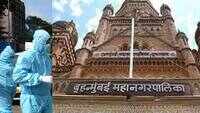 Mumbai: 55-year-old senior BMC officer dies of Covid-19
Mumbai: 55-year-old senior BMC officer dies of Covid-19 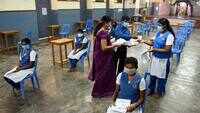 All students to be promoted, Tamil Nadu Class 10 board exams cancelled
All students to be promoted, Tamil Nadu Class 10 board exams cancelled
More from TOI
Navbharat Times
Featured Today in Travel
Get the app
